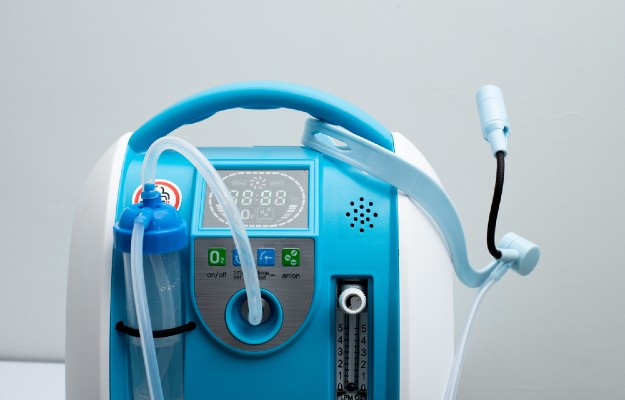Tobacco consumption is the single most avoidable cause of death in the world. Tobacco kills more than eight million people globally every year. Available estimates show that annual deaths due to smoking were about 930,000, while the smokeless tobacco consumption resulted in 350,000 deaths in India alone.
It is well established that tobacco has adverse effects on a person’s health. The primary component in tobacco is nicotine, which is an addictive stimulant.
How does tobacco deliver its effects?
When inhaling tobacco smoke, nicotine rapidly reaches peak levels in the bloodstream and enters the brain. In smokeless tobacco users, nicotine is absorbed through mucous membranes in the mouth and reaches peak blood and brain levels more slowly.
Immediately after exposure, there is a "kick" caused in part by the drug’s stimulation of the adrenal glands that results in a discharge of adrenaline. This rush stimulates the body and causes an increase in blood pressure, respiration, and heart rate.
Like various other drugs, nicotine also activates reward pathways in the brain, thereby inducing feelings of pleasure.
Tobacco use and coronavirus
In April 2020, a group of public health experts convened by the World Health Organization reviewed various studies and came to the conclusion that smokers are more likely to develop severe diseases with COVID-19 than non-smokers.
Evidence from countries reporting COVID-19 related fatalities has highlighted that people with pre-existing non-communicable diseases are more susceptible to becoming severely ill with COVID-19. Tobacco, being one of the causes behind these diseases, indirectly puts the tobacco users at risk.
It is well known that the chemicals in tobacco smoke suppress the activity of different types of immune cells that are involved in general and targeted immune responses. But that’s not it. Smoking also impairs lung function, thereby reducing the immunity and making it harder for the body to fight off various diseases. This goes to show that using products that contain tobacco can increases the risk and severity of pulmonary infections because of a decrease in pulmonary immune function.
Moreover, the act of smoking involves fingers and possibly contaminated cigarettes. This increases the possibility of hand to mouth transmission of coronavirus.
Other health problems
Risk of COVID-19 infection is just another addition to an extremely long list of problems that could arise with tobacco consumption:
How to quit tobacco
Here are three tried and tested ways to quit tobacco:
- Use nicotine gum: This is a type of nicotine replacement therapy. People who are quitting tobacco (smoking or chewing) may have the urge to put something into their mouths. The gum delivers small doses of nicotine to help manage the cravings.
- Psychological and behavioural treatments: Since the relapse rate is very high, it is important to address the root of the problem. Cognitive therapy can be very useful for this, as its methods help the user change their thoughts about addiction. They work to alter feelings or behaviours your brain associates with tobacco use.
- Medication: Medical professionals that you consult may recommend certain medications to help with tobacco addiction, including high blood pressure drugs or certain antidepressants.
Despite there not being a lot of research on this, it is not difficult to correlate how and why tobacco smoking increases the risk of contracting COVID-19. (Read more: What does it mean to be immunocompromised?)
Even if that were not the case, it is important to understand that taking the first step to end an addiction is crucial. For years scientists and healthcare professionals have warned against the usage of this widely consumed stimulant. This pandemic should inspire more of us than ever, to take care of our wellbeing.
















